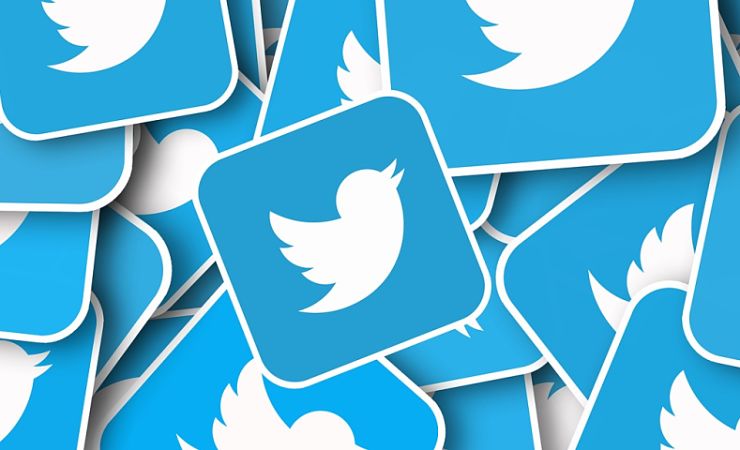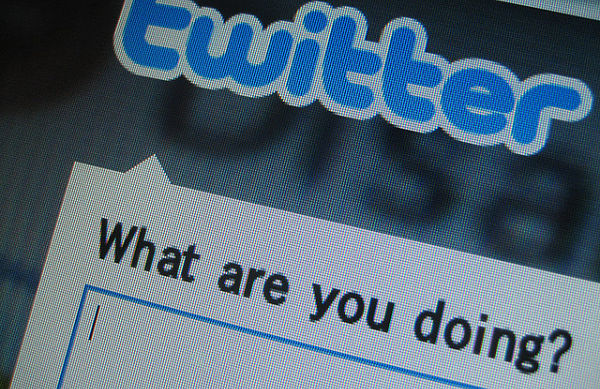Academics Can Easily Depart Twitter While Institutions Remain

Elon Musk’s acquisition of Twitter has ignited much debate about and on the social media platform of choice for academics. Mass sackings and major changes in terms of the Twitter blue tick have led some to predict the demise of the platform, whilst Musk himself promises to bring an end to bots and fake news content. Whether his depleted staff can bring about such major changes only time will tell.
Do old platforms die, or just fade away?
Whilst it is easy to get swept up in these debates, a longer-term perspective can also be instructive. When Web 2.0 arrived circa 2004, it promised a new dawn of free tools that allowed academics to engage with ‘the Web’ without knowing html. However, one consequence of this has been the relative ease of becoming locked into these platforms. This period was when the internet commonplace ‘if you are not paying for the product, you are the product’ emerged. Of course, we did pay for the products with our data, but largely as freemium users, and as such we were always going to be limited in deciding the destination of a platform despite our labor and emotional investment.

I have seen a few very useful tools widely adopted by the academic community that have entirely ceased to exist. Perhaps the most notable instance was Google Reader, which was a brilliant tool for aggregating new research stories and publications. When Google closed Reader in 2013, not only did it herald the dominance of social media platforms, but it also saw an uptick in subscribers to The Old Reader, which gained millions of subscribers in very little time. This happened because there was a ‘like for like’ platform. A similar pattern also occurred when Netvibes benefitted at Pageflakes’ demise. This raises the question, is there such a platform for Academic Twitter and all its users, be they individuals or organizations?
Twitter continues to have significant value for academics. Fine examples of this potential, such as the outreach work undertaken by public health experts like professor Trisha Greenhalgh and Dr. Deepti Gurdasani during the COVID-19 pandemic, are easy to find. Yet, anyone who uses Twitter knows it can be better, notably around freedom of non-harmful speech without the threat of intimidation and violence, as could many other social media platforms. In the case of the aforementioned academics as well as many others, they have endured abuse as a result of posting about their research. Reputation management and personal well-being are key issues when it comes to sticking your head above the social media parapet and whilst not every discipline or topic faces the same level of scrutiny or abuse, none of it should be acceptable.
Research by Bianca Kramer and Jerome Bosman as part of their Innovations in Scholarly Communications project further shows Twitter’s popularity within the academic community. The platform topped the charts for the tool most adopted by academics due to its ease of access, simplicity and network linking academia and its institutions to the world, whether that be journalists, policymakers or even members of the public. It is unlikely Mastodon, or other alternatives, will reach the breadth of audiences or generate the kind of impact that the likes of Greenhalgh and Gurdasani have experienced, at least in the short term.
Can academic institutions leave Twitter?
For most individuals using Twitter the choice of leaving the platform or changing how they use it is relatively simple. A more mindful approach to social media, splitting out knowledge exchange from academic community building, as advocated by Dr. Mark Carrigan in a recent post is certainly possible. However, for academic institutions, who have often developed extensive and complex audiences, the possibility of jumping ship is less appealing it also presents the prospect of a chasm forming between institutions and individuals.
Universities have become better at adopting new social media in recent years, using platforms like TikTok and Instagram to market themselves. Twitter has become a mainstay of university-level communications and is used widely for key institutional goals, notably student recruitment (something that might be causing a crisis of confidence for some marketing professionals right now), alerting staff and students to live and upcoming events and news, public engagement, research impact and connecting with local and commercial enterprises. For the time being, I doubt any academic department or university will move away from Twitter, as they have invested much time and effort into building a following. To move and start again, to reconnect with old audiences and build new ones requires collective decisions and action. Moving social media platforms at an institutional level might not require the same kind of effort and financial cost between changing virtual learning environment providers, but the consequences for the reputation of the institution could be very much similar if they get it wrong. I suspect what we might see instead of a major switch right now, is greater use of Instagram, Facebook Pages, Reddit and LinkedIn.

But, how exactly do universities and other institutions assess how platforms are changing and the value of new ones? Is there a point at which one could say confidently Twitter is no longer the same, or a site like Mastodon is the new Twitter? Twitter has always been a collection of communities, and there have always been unsavory parts of the network that are worth staying clear of. The issue of politicization is likely a key factor and the extent to which Twitter is now a plaything or experiment for Musk to shape politics, as for instance in his recent tweet, may well determine its value for reaching wider audiences. After all, there is not much of an academic presence on Donald Trump’s preferred social media platform, Truth Social. Equally, establishing new social media platforms and engaging with them meaningfully at an organizational level is a significant undertaking. As academic institutions tend to have unequally distributed social media skills and resources, this points towards slower incremental changes.
Ultimately, this reliance on free web platforms to disseminate our research highlights two issues. First, there is no guarantee that we’ll always have access to the platforms we rely on. Second, whilst blogs, podcasts and video are important for communicating research, a good, open social network to share these outputs (something like Twitter) has become an (almost) inescapable part of academic communication today.































































































